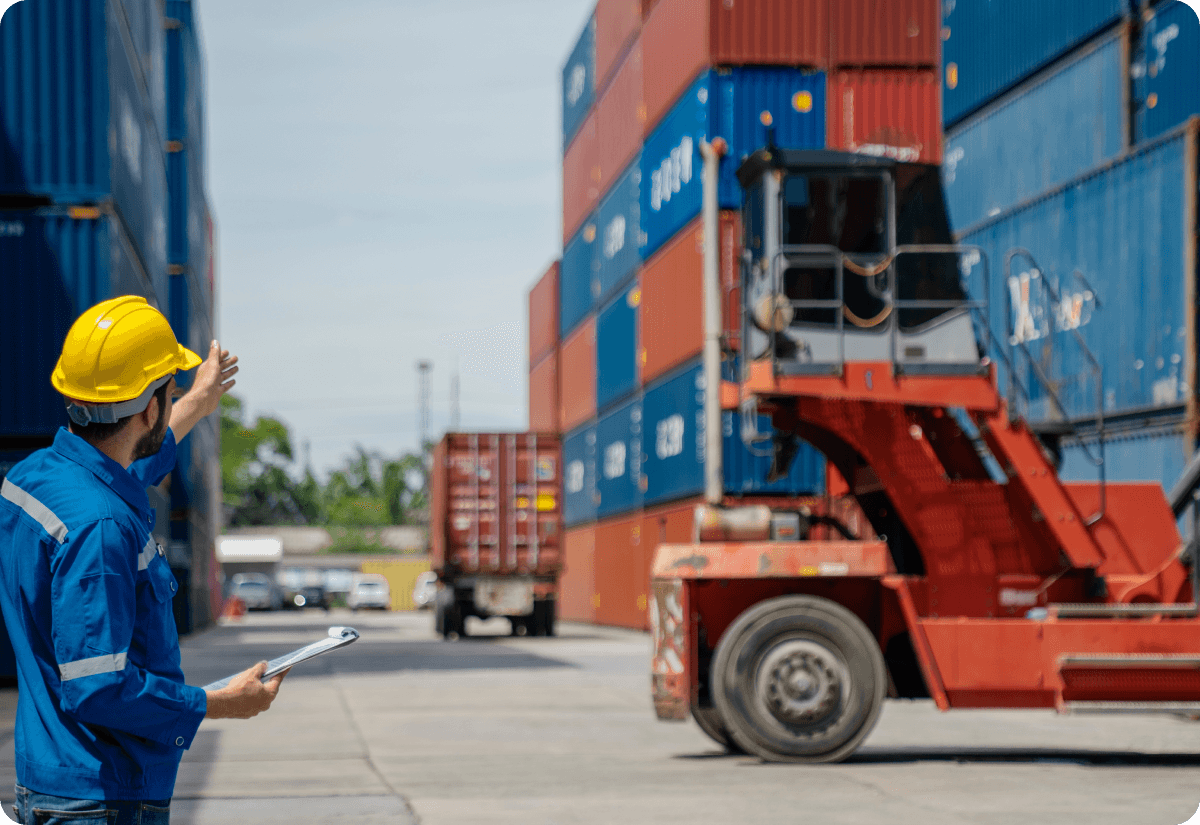Big disruptions don’t usually start big. They often begin as small problems—missed deliveries, rising costs, or delays you didn’t see coming. Many companies ignore these signs until it’s too late. In fact, 30% of businesses have had to delay or cancel product launches because of logistics network disruption.
If you want to stay ahead, it’s important to catch these early warnings. In this post, we’ll show you five key signs of supply chain issues and solutions that actually work. You’ll also discover simple tools and strategies to avoid bigger problems later—and keep your operations running smoothly.
5 Signs of Supply Chain Issues and Solutions
Small issues often come before major disruptions. Spotting early signs helps you fix problems before they hurt your business. Learning to identify these supply chain issues and solutions can give you a major advantage in a fast-moving market. These examples show how small fixes can lead to big improvements.
Here are 5 signs of supply chain issues and solutions that help reduce costs and boost performance:
#1. Constant Firefighting
Your team is always reacting to missed shipments, supplier delays, or order changes. While it may feel like your people are working hard, this reactive mode is a red flag that systems or processes are broken. Instead of improving operations, your team is stuck fixing problems.
Solution:
Identify the root causes and implement stronger management strategies. Introduce better inventory management tools to reduce costs and stabilize daily workflows.
#2. Manual Work Slows You Down
Manual entry, emails, and spreadsheets are still common in many logistics workflows. These outdated workflows slow down decision-making, increase error rates, and exhaust your team.
Solution:
Automate key tasks and integrate systems where possible. Use software solutions and upgraded management systems to improve speed, accuracy, and team capacity.
#3. Poor Sync Between Teams
When warehouse, transportation, and customer service teams aren’t aligned, delays and confusion follow. This disconnect creates duplicate work, missed handoffs, and unnecessary escalations.
Solution:
Establish shared data platforms and improve cross-team communication. Ensure your warehouse management, inventory, and transportation systems work together seamlessly to maintain consistency and reduce friction.
#4. Frequent Surprises
Sudden delivery failures or last-minute rerouting often signal poor visibility and planning. You shouldn’t be surprised by what happens across your operations.
Solution:
Invest in real-time tracking tools and exception alerts. Logistics management software and proactive risk management help you respond quickly to disruptions like weather events, driver shortages, or extended lead times.
#5. No Time to Improve
When your team spends all day troubleshooting supply operations, there’s no bandwidth to plan, refine, or innovate. This cycle leads to burnout and stagnation.
Solution:
Remove repetitive tasks through automation and shift toward strategic improvements. Adopt modern management practices and new technologies to build a more resilient, forward-thinking supply system.
These signs often point to deeper supply chain challenges that need the right tools and support. Supply Chain Solutions helps businesses solve these problems with smart, tailored strategies. Rising freight costs are just one early sign of trouble—but with the right approach, companies can avoid bigger problems later and build stronger, more reliable operations.
Why Rising Freight Costs Often Signal Bigger System Gaps
Rising freight costs are one of the first signs that something’s off. If you’re noticing rising freight costs more often, it could mean your planning is weak, your vendor deals are outdated, or your shipping strategy needs work.
Here’s a simple breakdown of the most common causes, what they reveal, and why they matter.
| Cause | What It Means | Why It Matters |
| Limited carrier options | Poor rate negotiation | Leads to higher bills |
| Frequent partial loads | Poor inventory planning | Drives inefficiency |
| Last-minute bookings | Lack of forecasting | Causes premium rates |
| Hidden accessorial fees | Low TMS visibility | Budget unpredictability |
Rising freight costs are often a sign of deeper problems. When rising freight costs go unchecked, they can cause delays, missed margins, and frustrated customers.
At Supply Chain Solutions, we look beyond shipping rates to find what’s really causing the increase. Fixing outdated processes and using smarter tools can help cut costs and improve your shipping over time. With the right strategies, you can avoid these cost spikes from turning into long-term problems.
How Logistics Management Tools Reveal Problems You Can’t See
Logistics management tools do more than track shipments—they help uncover what’s slowing you down. These tools expand on insights from rising freight costs, revealing deeper issues you might miss. With the right logistics management tools, teams spot weak spots faster and fix them before they cause bigger problems. They’re essential for growing smarter and staying in control.
Here’s how logistics management tools help reveal what’s really happening:
- Better Decisions with Real-Time Data: Visual dashboards and live updates help leaders act fast and stay informed.
- Fix Disconnected Systems: When systems don’t connect, gaps form. These tools bring warehouse, inventory, and shipping data together.
- Spot Delays Early: See where things get stuck—like at customs or loading docks—and fix them faster.
- Find Hidden Cost Drains: Catch avoidable fees, inefficient routes, and costly habits that eat into your budget.
- Track Partner Performance: Know which vendors fall short and take action quickly.
- Uncover Hidden Trends: Reports show patterns like late shipments or repeated issues, so you can prevent them.
Supply Chain Solutions uses tools like Rhythm and Symphony™ to bring these insights to light. With the right logistics management tools, your business can move faster, improve decisions, and stay ready for what’s next. Using logistics management tools regularly also helps teams prevent errors and build more reliable operations over time.
Logistics Management Best Practices That Prevent Recurring Failures
Want to stop reacting and start improving? Following logistics management best practices gives you the structure to spot issues early and fix them fast.
Logistics management best practices make operations smoother and more reliable. They reduce errors, speed up processes, and help avoid waste. When used regularly, logistics management best practices also support smoother handoffs and reduce confusion.
They also bring consistency to your supply chain and help teams grow with demand. These logistics management best practices are key to long-term improvement, especially when facing unexpected challenges.
Here’s a checklist of proven logistics management best practices that help improve your daily operations.
✅ Standardize Across Sites – Use the same steps for receiving, packing, and shipping.
✅ Centralize Data – Work from one place so teams stay aligned and accurate.
✅ Forecast Smarter – Plan using real demand, not guesses.
✅ Train for Flexibility – Prepare teams to adapt quickly to change.
✅ Review Often – Monthly check-ins catch issues early.
✅ Lean on Experts – Supply Chain Solutions helps you apply best practices faster and smarter.
These logistics management best practices help you avoid trouble, work smarter, and stay ready for whatever comes next. Practicing strong strategies also helps teams stay aligned and better prepared for future growth.
Ready to Transform Your Supply Chain?
We understand how frustrating it can be to deal with constant disruptions, rising costs, and a lack of visibility in your delivery and fulfillment ecosystem. These present challenges can drain your resources and hold back your growth.
That’s why Supply Chain Solutions offers expert assessments, purpose-built technology, and tailored strategies to help you take control. Whether you’re uncovering hidden gaps or optimizing your operations, we’re here to guide you toward a stronger, more resilient logistics infrastructure.
Let’s start building a smarter supply chain today—reach out to our team and take the first step.

